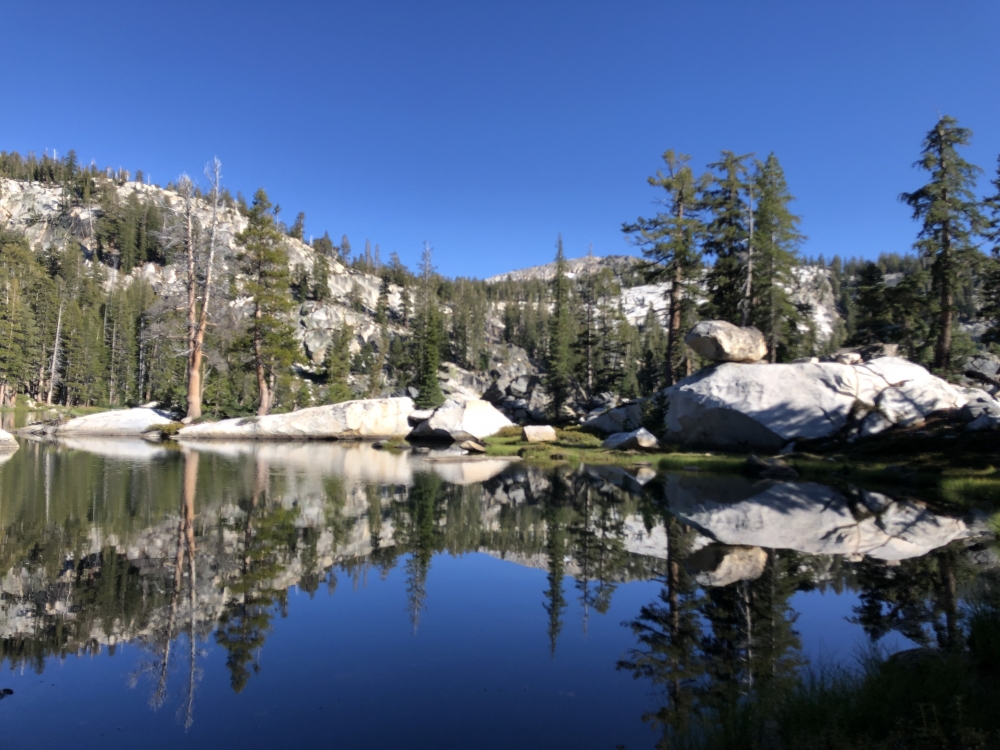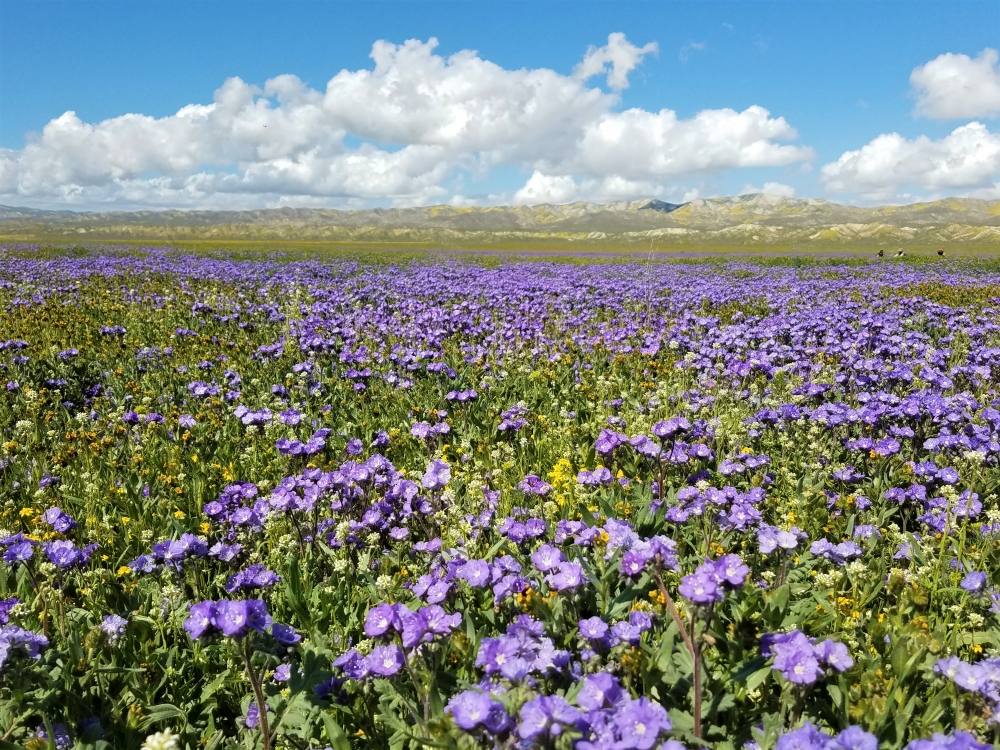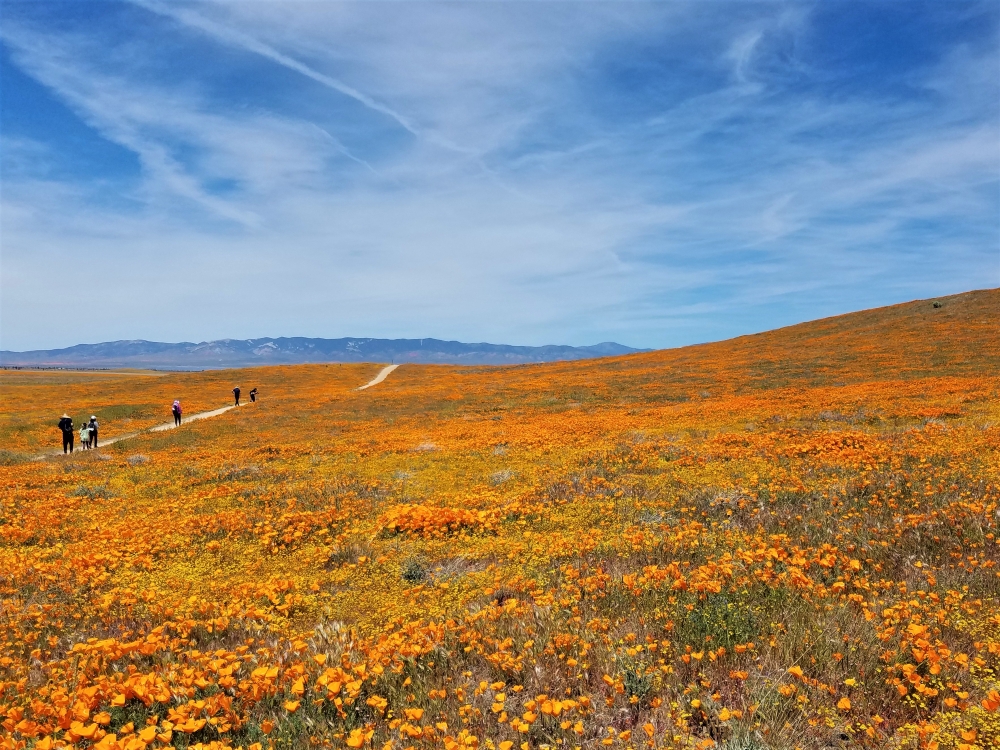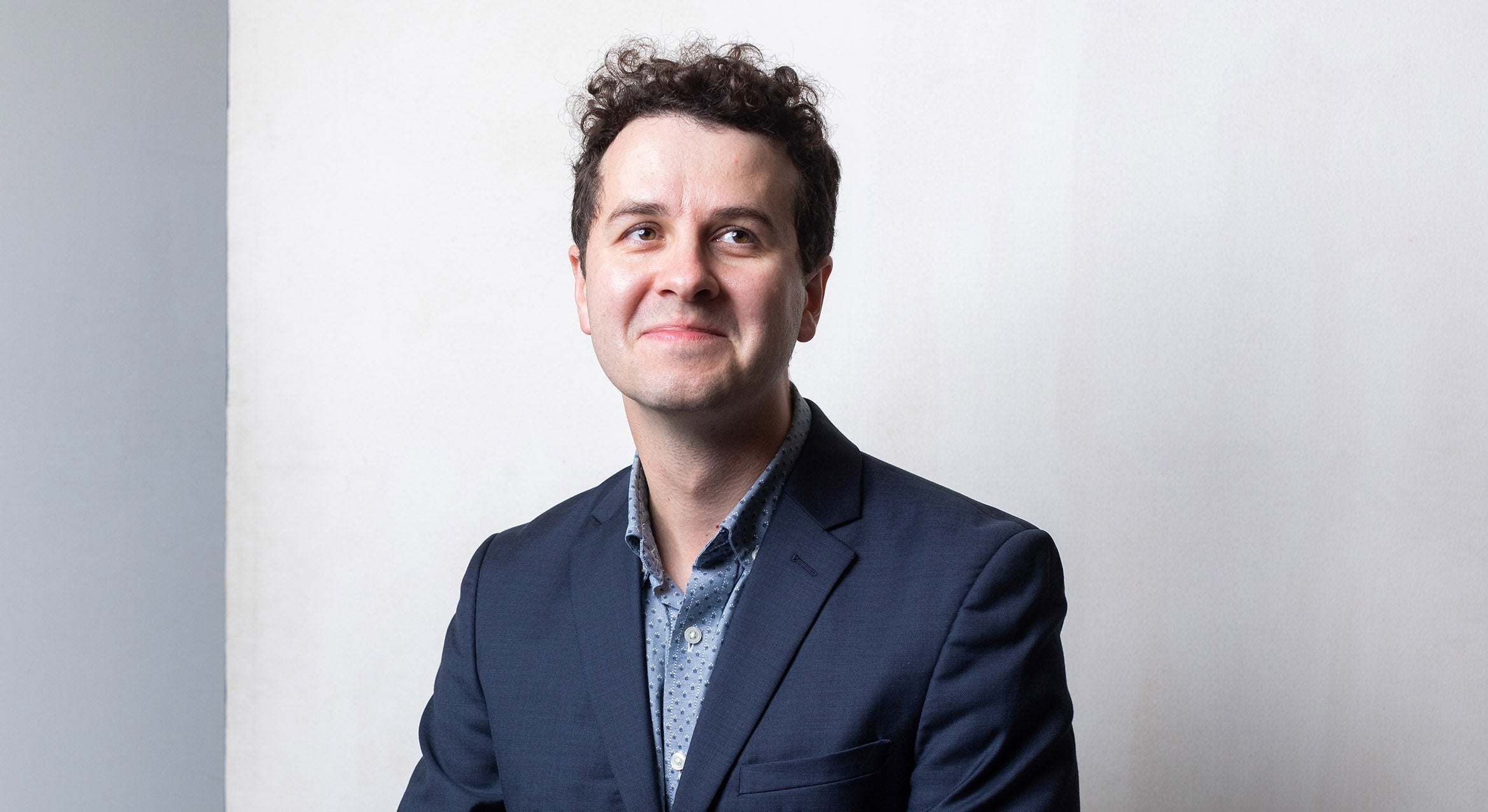The Great Outdoors
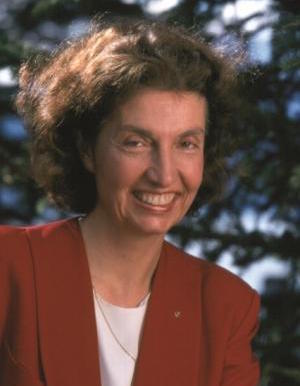
The ongoing pandemic has put the kibosh on many summer vacations and activities. However, the situation has extended an invitation for people to rediscover public outdoor spaces. From local parks to national reserves, citizens are flocking to the great wide open.
Those outdoor enthusiasts — and even everyday travelers — now have a new resource at their disposal. Deborah Williams, a lecturer in UC Santa Barbara’s Environmental Studies Program, has created 50 Great Public Land Destinations, a website featuring information about public lands within 300 miles of the university’s main campus.
“I really want to give people an overview of the diverse, interesting, fabulous public lands that surround us,” Williams said.
The site, live as of July 28, offers details about different kinds of public lands, as well as search functions. Visitors can search by destination, distance or activity. The site also includes an interactive map and resources for how to reach the various locations by bus or on a bicycle.
Williams made sure to provide web links to all of the featured destinations, along with useful logistics and safety guidance. And those interested in getting involved with the maintenance and protection of these natural spaces can find a wealth of information as well.
Public lands have always been important in Williams’ life. She grew up visiting her grandparents in Santa Barbara, and vividly remembers collecting shells on Carpinteria State Beach. She recalled how she and her parents would go camping six weeks a year, which provided a welcome respite from the smog of Los Angeles.
Williams joined the university four years ago, after spending 37 years in Alaska working for and volunteering with a variety of government agencies in charge of public lands and NGOs devoted to protecting public lands. To prepare for teaching her Public Lands course at UCSB, she immediately began reacquainting herself with the area’s public spaces.
The idea for the website struck Williams last December. The inspiration came from her students, she said, many of whom weren’t aware of the public lands around them. Many didn’t even realize they had, in fact, already visited several of them. Williams aimed to create a succinct resource for the students who would be taking her classes in the summer and fall.
“It really was my desire for future classes to come in knowing that there was a resource they could use to discover local public lands,” she said.
And while the idea came before the pandemic began, “there couldn’t have been a better COVID project,” she admitted.
Exploring the outdoors is one of the safest activities with respect to coronavirus risk. What’s more, spending time outdoors, particularly in these special places, can provide a real boost to physical, mental and spiritual health, Williams added.
“In every direction, UCSB is surrounded by wonderfully diverse and inspiring public lands,” she said. “To the south there is the Channel Islands National Park — the Galapagos of North America. To the east, are gems like Point Mugu State Park and Santa Monica National Recreation Area. To the north lies the vast and adventure-filled Los Padres National Forest to explore, as well as the inspiring Chumash Cave State Park. And to the west and north west there is everything from the little visited Baron Ranch to Pinnacles National Park and Piedras Blancas State Marine Reserve. There is something for everyone.”
Even small spaces can have a rich history and connection with a community. Take Anisq’Oyo’ park in the middle of Isla Vista. The community came together to create the park after the tumultuous protests in 1969 and 1970. The park bears the Chumash name for the mesa on which Isla Vista was founded and was built entirely by volunteers.
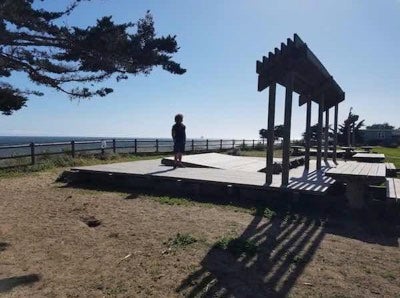
Sea Lookout Park overlooks the Pacific from the bluffs of Isla Vista.
Photo Credit: DEBORAH WILLIAMS
Nearby Sea Lookout Park was developed by landscape artist Lloyd Hamrol. Meanwhile, a stroll to the end of the bluffs finishes at Coal Oil Point Reserve, part of the UCSB Natural Reserve System.
“Just in Isla Vista alone you can experience a beautifully designed and executed park overlooking the Pacific Ocean; you can be in a natural area with vernal pools and beautiful forests; or you can be in a historic park,” Williams said. “How special is that?”
Williams is looking forward to expanding and refining the site, and is already implementing feedback she’s received from visitors. She hopes it inspires not just her students, but the community as a whole to explore these spaces. Our spaces.
“It is so important to develop champions for public lands,” Williams said, “and each generation needs to have its champions, or else we can lose these treasures, as we know.
“I truly believe that the way you begin to want to protect public lands,” she added, “is to have exposure to them, to have experiences in them, and to come to understand what an extraordinary legacy they represent.”
